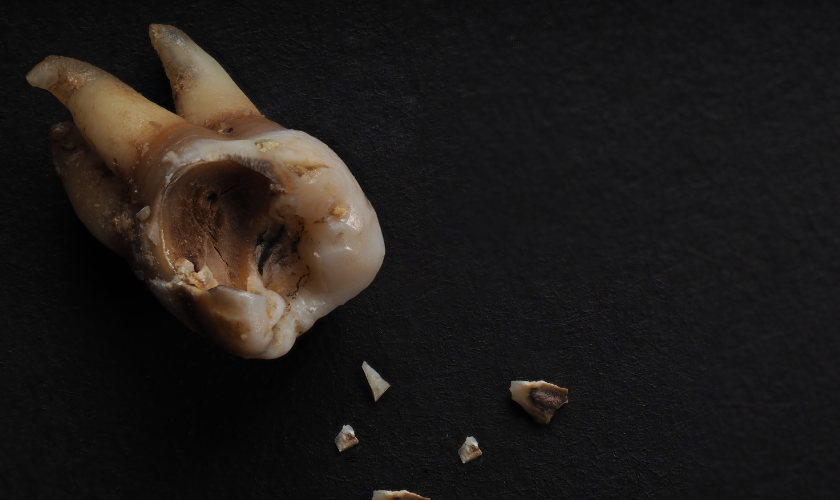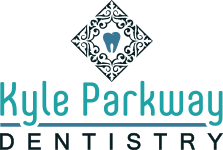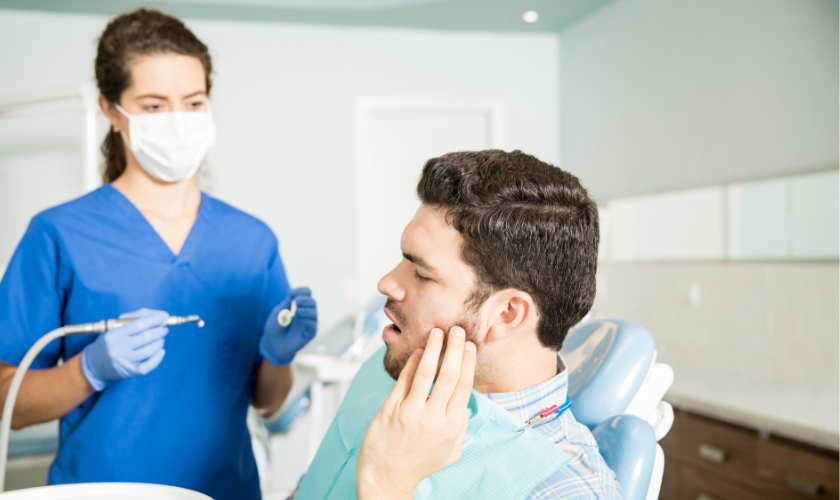Don’t Lose Your Cool: A Guide to Cracked and Loose Crowns

Uh oh! You bit down on something unexpected, and now your crown feels…different. It could be a small chip, a sharp crack, or a worrying wiggle. Whatever the issue, a damaged crown can be unsettling. But take a deep breath – you’ve got this! Let’s navigate the situation and get your smile back on track.
Assessing the Damage: A Crown Checkup
The course of action depends on the severity of the damage. Grab a mirror and do a quick crown check:
- Minor Chip: A tiny chip on the crown’s edge might not be a big deal, but it’s still wise to see your dentist. Early intervention can prevent further damage.
- Cracked Crown: A visible crack is a cause for concern. Depending on the size and location, your dentist might be able to fix it with dental bonding, a tooth-colored resin that acts like a miniature patch.
- Loose Crown: Feeling a loose or wobbly crown? Don’t try to be a hero; push it back in! A loose crown exposes the underlying tooth to bacteria, potentially leading to infection. Schedule a dentist appointment ASAP.
- Pain or Sensitivity: Pain or discomfort around the crowned tooth is a red flag. It could indicate damage to the underlying tooth or an infection. See your dentist right away for a proper diagnosis.
Repair or Replace? Treatment Options
The good news? In many cases, a broken crown can be saved. Here’s what your dentist might recommend:
- Bonding for Minor Cracks: For small chips or cracks, dental bonding is a relatively simple procedure that can often be done in one appointment.
- More Extensive Repairs: If the damage is more significant, your dentist might suggest a crown replacement or a procedure on the underlying tooth, like a filling or even a root canal, depending on the situation.
- Crowns Beyond Saving: In rare cases, if the crown and tooth are severely compromised, extraction and replacement with a dental implant might be necessary.
But Can I Glue It Back On Myself?
While over-the-counter dental adhesives exist, it’s generally not recommended to reattach a crown yourself. These adhesives aren’t meant for long-term use and might not hold up well to chewing. More importantly, using the wrong glue or reattaching a crown that shouldn’t be could make things worse.
Taking Action: Seeing the Dentist
Now that you’ve assessed the damage, it’s time to schedule an appointment with your dentist. Here’s what to expect:
- Examination: Your dentist will meticulously examine your tooth and crown to determine the extent of the damage. X-rays might be needed for a clearer picture of the underlying tooth.
- Treatment Plan Discussion: Based on the examination, your dentist will discuss your treatment options. This could involve repairing the existing crown, replacing it entirely, addressing any damage to the underlying tooth, or even tooth extraction (though this is usually a last resort).
- Treatment Timeline: Depending on the chosen treatment, your dentist will outline the timeline for getting your smile back to its best.
After-Hours Emergencies: When to Seek Urgent Care
If your crown breaks or loosens outside of regular dental office hours, and you’re experiencing significant pain, consider seeking help from an emergency dentist in Kyle. An emergency dentist can provide temporary relief and guidance until you can see your regular dentist for a definitive solution.
Preventing Future Cracks: Keeping Your Crowns Strong
While some crown damage can be unforeseen, here are some steps you can take to minimize the risk:
- Chew Wisely: Skip the hard candies, ice, and other tough objects that can put undue stress on your crown.
- Nightguards for Grinders: If you grind your teeth at night, talk to your dentist about getting a nightguard. This custom-made mouthguard protects your crowns and teeth from excessive wear and tear.
- Regular Dental Checkups: Schedule regular dental checkups and cleanings. This allows your dentist to monitor the health of your crowns and teeth and address any potential problems early on before they become major issues.
Remember, a damaged crown doesn’t have to be a dental disaster. By understanding your options and taking prompt action, you can get the treatment you need to restore your smile and maintain good oral health.






